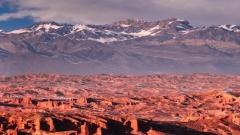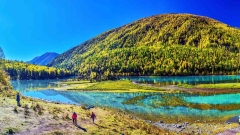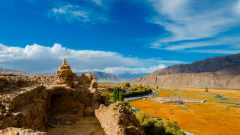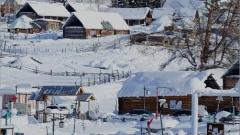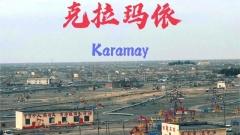The Flaming Mountains in Turpan, Xinjiang, are famous as one of the hottest places on earth. Their red cliffs, blazing summer heat, and Silk Road legends make them both a natural wonder and a cultural treasure. Many travelers come here to experience the “Inferno on Earth” for themselves.
The Geography of the Flaming Mountains
Stretching for nearly 100 kilometers and rising to about 500 meters, the Flaming Mountains cut across the Turpan Basin, one of the lowest and hottest places in China. The mountains are formed of red sandstone, and under the midday sun, the ridges appear like burning flames rolling across the horizon. In summer, surface temperatures can soar above 70°C (158°F)—hot enough to cook food on the ground, a fact locals sometimes demonstrate for curious travelers. The surrounding area is equally dramatic, with grape-growing oases and the ancient Karez irrigation system that made life possible in such an unforgiving desert.
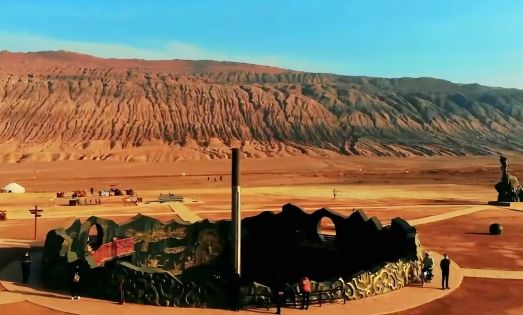
Legends and History
The Flaming Mountains are immortalized in Chinese literature. In the beloved classic Journey to the West, the Monkey King Sun Wukong battles here, adding mythical weight to the already fiery landscape. Local folklore also tells of dragons and demons defeated in this desert, their burning remains forming the mountains themselves. Historically, Turpan was a vital Silk Road hub, and the sight of the glowing red mountains marked both danger and resilience for traders crossing the scorching sands with caravans of silk, jade, and spices.
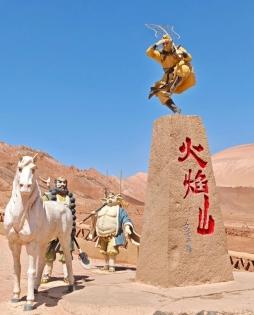
Visiting the Flaming Mountains
Modern travelers can explore the Flaming Mountain Scenic Area, where observation platforms allow panoramic views of the fiery ridges. A giant outdoor thermometer famously displays the blistering summer heat, often a highlight for visitors seeking proof of the desert’s extremes. The site also includes shaded paths and cultural exhibits explaining both the geology and the legends of the mountains. Despite the barren appearance, the experience is unforgettable—standing beneath the burning red cliffs truly feels like stepping into a living myth.
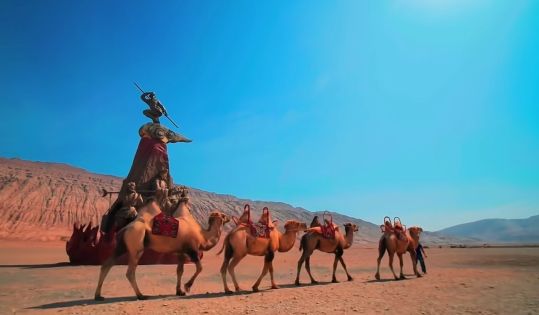
Travel Tips for the “Inferno on Earth”
-
Best time to visit: Spring (April–May) and autumn (September–October) bring manageable weather. Summers are dramatic but can be dangerously hot.
-
Avoid peak heat: Early mornings and late afternoons offer the most comfortable conditions and the best light for photography.
-
Stay safe: Carry plenty of water, sunscreen, and protective clothing. Hats and sunglasses are essential.
-
Nearby attractions: Don’t miss the Jiaohe Ancient City ruins, the ingenious Karez underground irrigation system, and Turpan’s vineyards and raisin drying houses. Together, they paint a vivid picture of how people thrived in this desert despite extreme heat.
Conclusion
The Flaming Mountains are not just a natural furnace—they are a meeting point of nature’s raw power, ancient history, and enduring mythology. Whether you come to witness the fiery landscapes, follow in the footsteps of Silk Road traders, or simply test how hot China’s hottest place truly is, the Flaming Mountains will leave an impression that burns long after you leave.
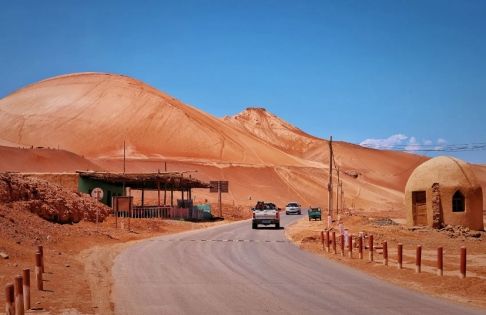
13-Day Silk Road Tour: Dunhuang, Mogao Caves, Urumqi, Kashgar, Taxkorgan & More




